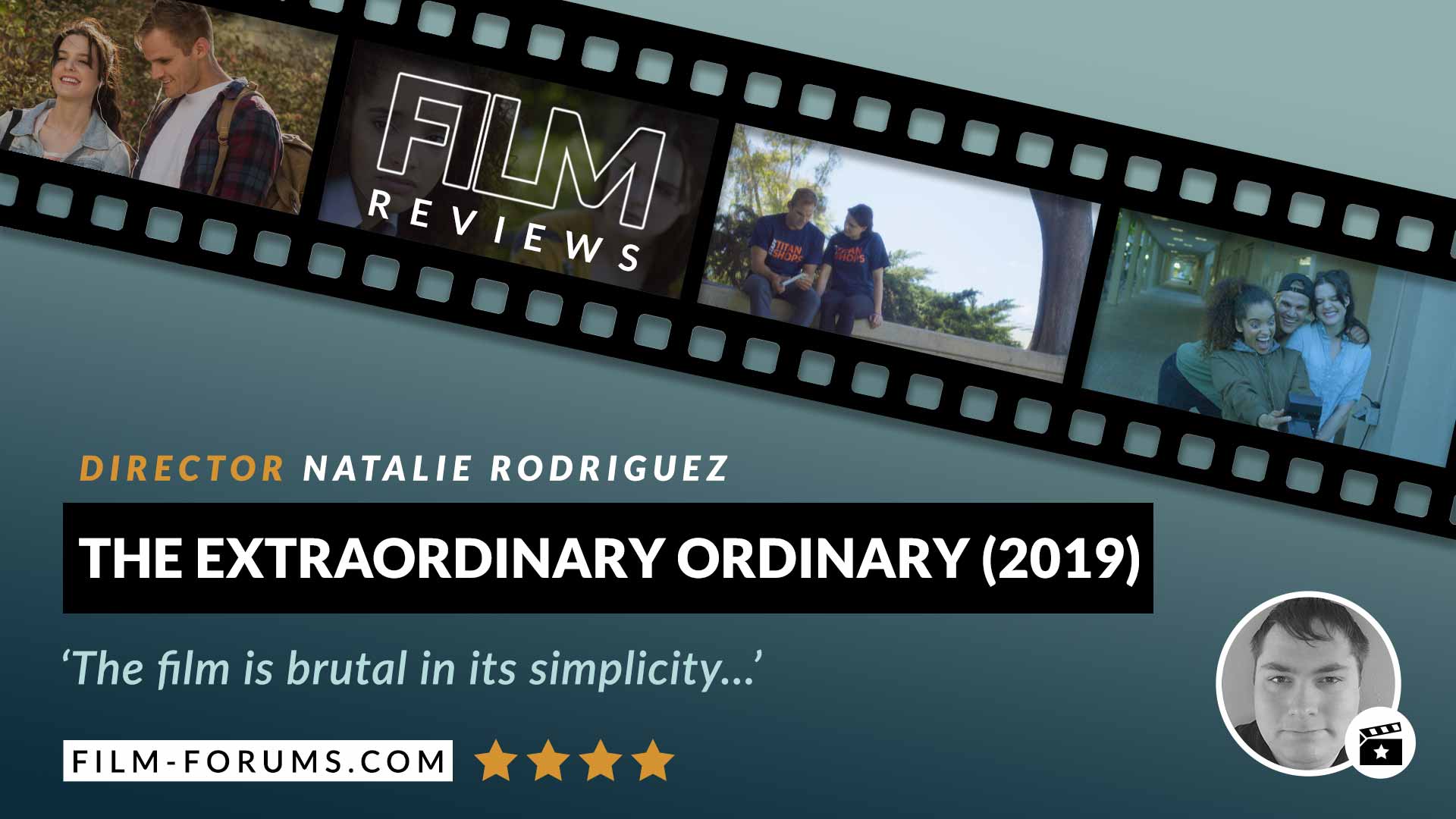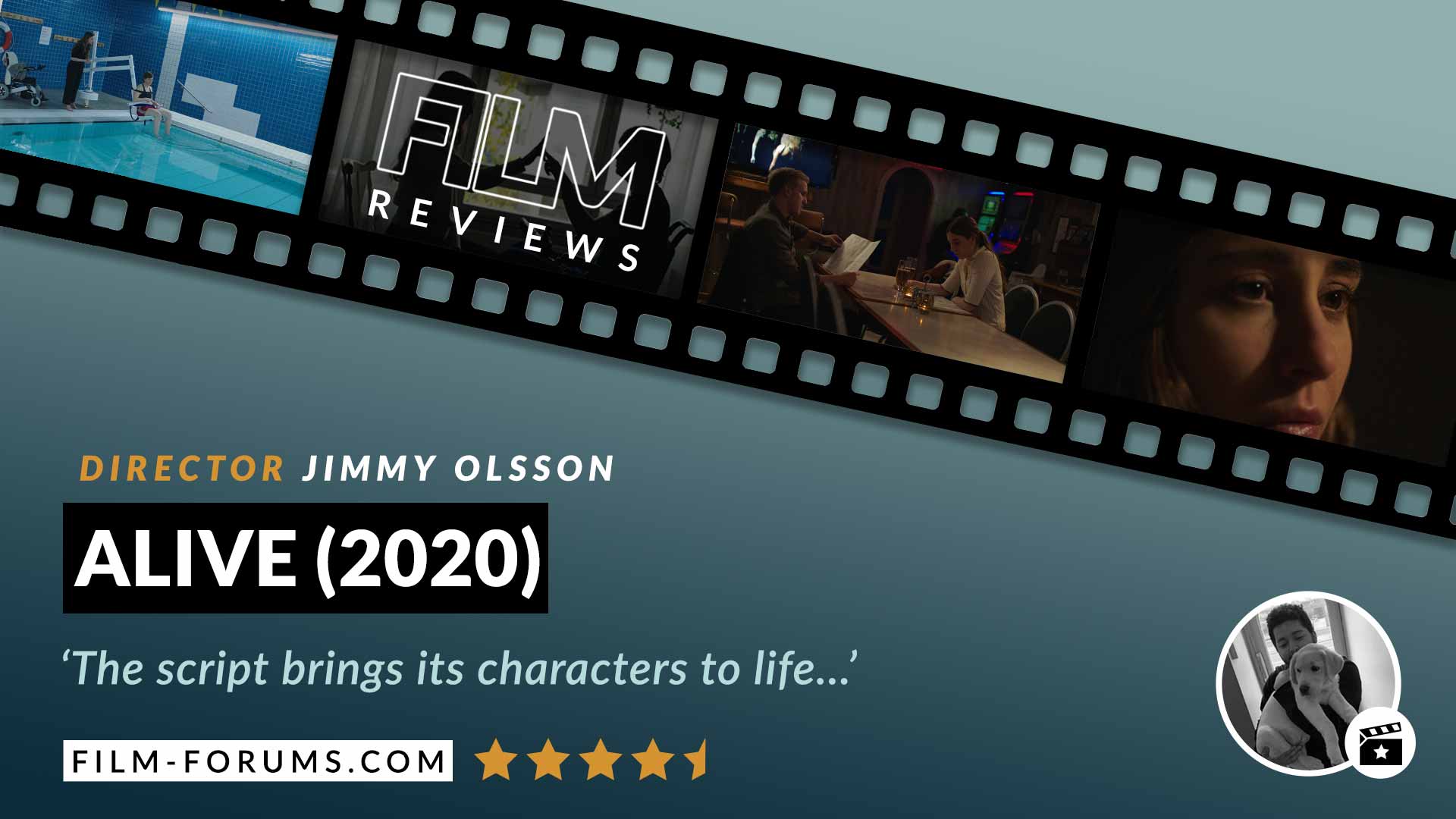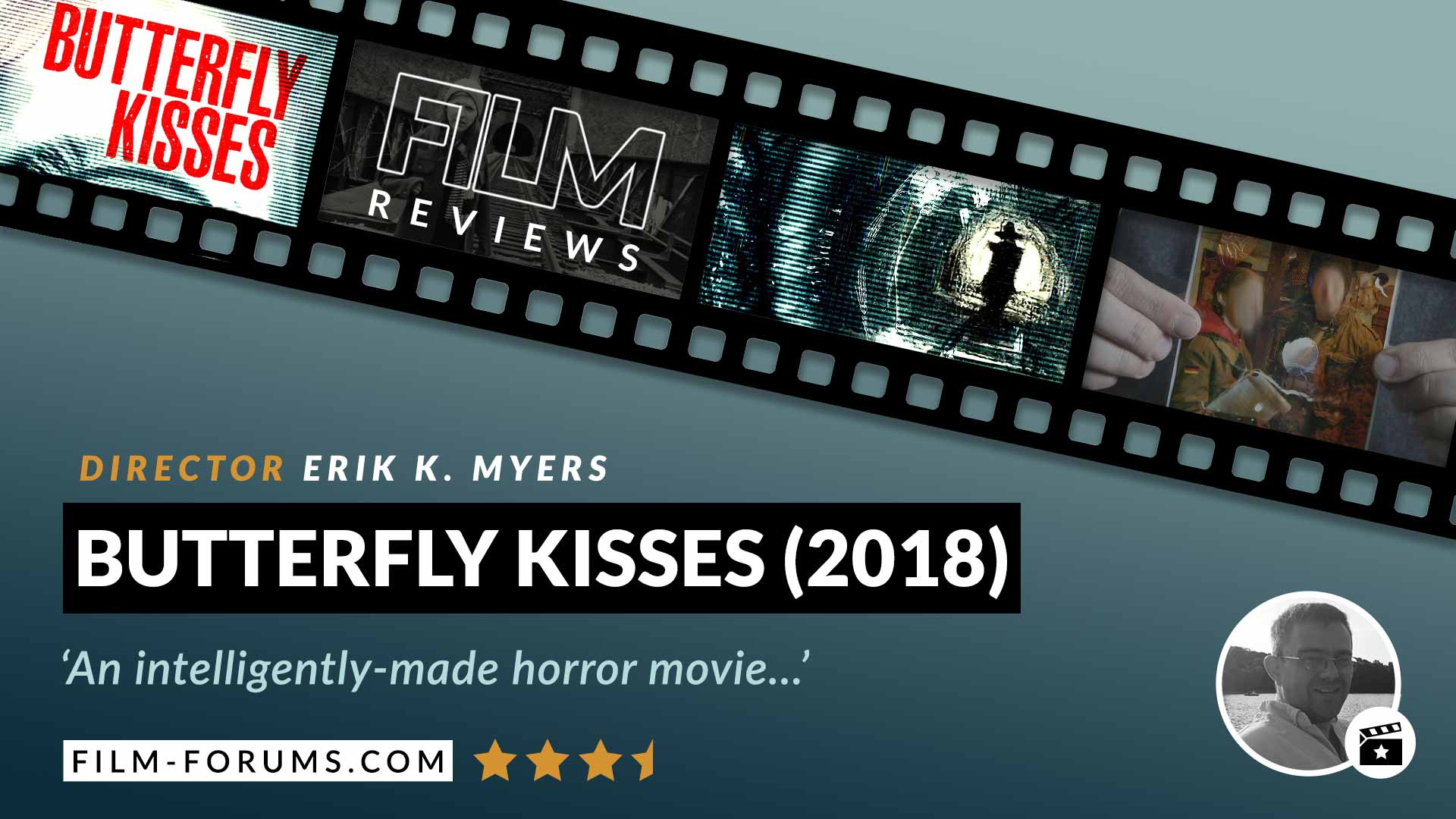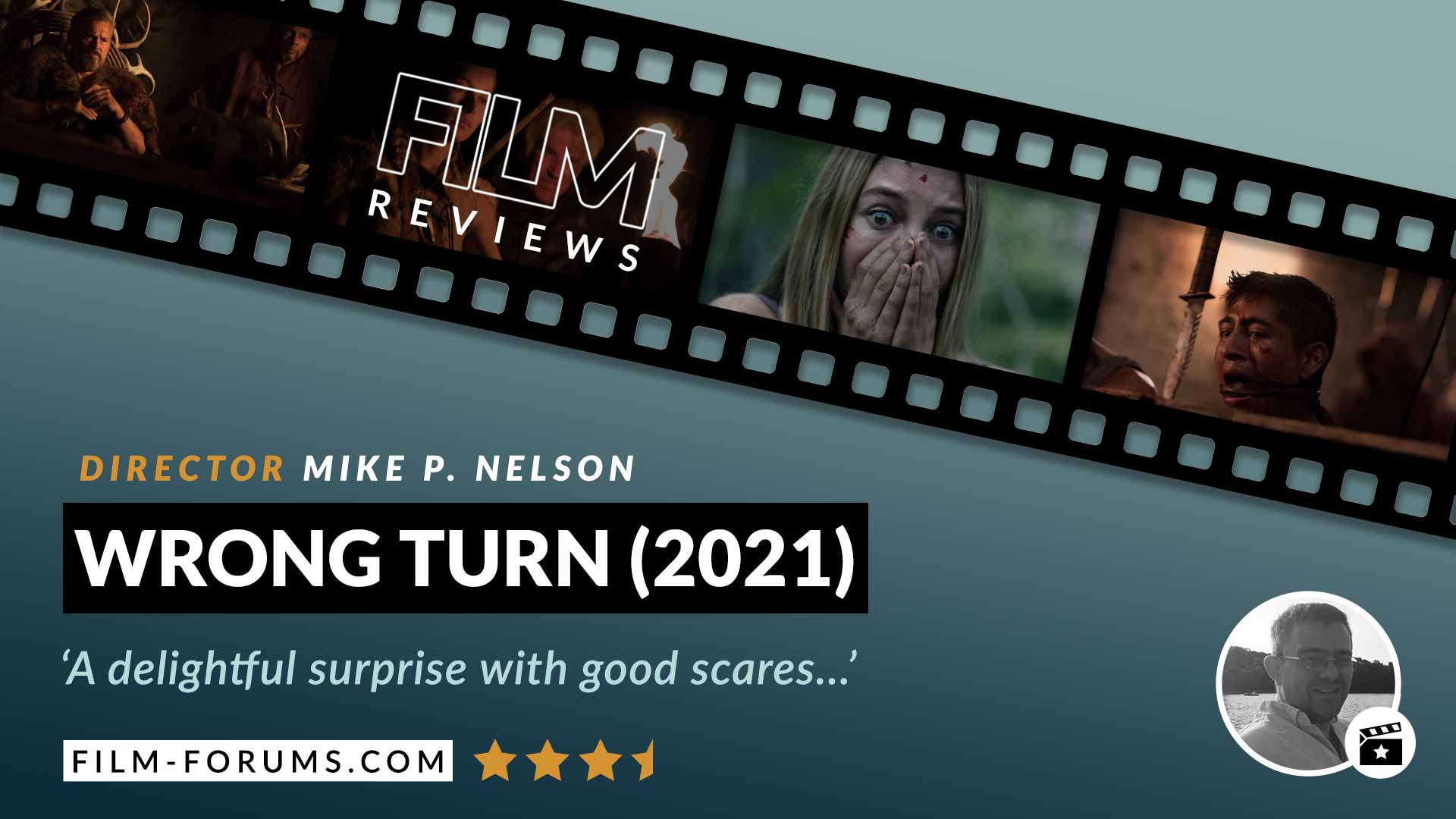Filmmaking is hard. At any budget. At any level. Getting anything out from the cinema of your mind and into the eyes and ears of others is a victory. Plaudits and monetary success are but a part of the business we call ‘show’ and fall secondary to the simple art of storytelling.
So for Oliver Simonsen and his voluntary crew of 200 plus animators to create a feature-length animated film on a zero budget and for that film to reach anybody’s eyes is a Big Deal. A victory. A Rocky Balboa success story.
But Rocky lost. Remember? He found his worth and fought hard but ultimately, he didn’t succeed. The same goes here.
A surreal experience
Based on the works of Dave Sim, The Absurd, Surreal, Metaphysical and Fractured Destiny of Cerebus the Aardvark (2022) follows the story of the titular aardvark as he is hired by two hapless if well-meaning, cultists to rob an evil wizard of his prized gemstone.
As its name suggests the film is odd from the start, not just because the animation is a little janky (but ultimately forgiven for being so because of its lower than low budget) but for a myriad of reasons. Some small. Others unforgivable.

Cerebus starts with a classic example of the How We Got Here trope. You’ve seen this before in films as varied as John Wick (2014), Fight Club (1999) and even 2020s Sonic the Hedgehog (replete with record scratch).
However, in all three of the examples above, there is some kind of introduction to who or what we are watching. We may be joining things halfway through but time is still taken to set the scene and introduce our stars. John Wick has his phone (and his dead wife asking him what he’s doing), Sonic has his quips about Robotnik’s moustache and Ed Norton’s “Jack” in Fight Club, though he speaks mostly about Tyler Durden, still takes a moment to tell us the building he is in is about to blow. Whoa! How did that happen?! Let’s stick around for the next two hours and find out.
In Cerebus the start is so jarringly sharp, and the lack of context so complete, that I had to pause the film and rewind to make sure I hadn’t accidentally started halfway through.
The confusion only deepens from there. The next culprit: the cinematography. Namely the framing. This is a feature film based on a comic. A long-running comic with over 300 issues. Like Sin City (2005) the source material would, you’d assume, provide the numerous animators with clear guidance on how to frame their shots so as to tell an effective story but there are multiple times in this film where the framing is so poor I did not know where to look.
For example, in the opening sequence described above, Cerebus the Aardvark is often just a nose in the very corner of the screen. Such issues abound throughout the adventure and this meant I often missed the point of the action; too busy trying to work out what was going on to hear the muddy dialogue.
A fractured sound design
Speaking of dialogue, the sound in Cerebus is wildly varied in quality.
Sound is arguably the most important thing in a film. An audience can tolerate bad visuals for a while but are immediately intolerant of bad sound. “Sound is half the picture” is the famous quote from George Lucas. Here, sound is about a quarter of the picture. Neglected to the point where it renders the film almost unwatchable.
The quarter that is present, the voice acting and music, is fine. Acknowledging the fact that it was recorded by amateurs the performances here (in particular a frankly amazing Mick Jagger impression around the middle of the film) are tolerable enough and the music is appropriate.
The cardinal sin that this film commits is by having a complete lack of atmosphere.

Presence. Wild track. Room tone. That subtle, ambient noise you hear in an empty room. Listen now. You can probably hear a car outside your window? Birds in the trees? Is a spouse in the other room singing along to the radio? Outside the vacuum of space or an anechoic chamber, everywhere has some noise.
Not in The Absurd, Surreal, Metaphysical and Fractured Destiny of Cerebus the Aardvark.
Here, crowds can chant wildly in one shot, then as we crane upwards to a despot eating his lunch just above them they’ll fade to absolute silence. People walk through vast caverns but the only sound is that of the dialogue between the two characters. Aardvarks and albinos walk down streets and have philosophical exchanges but there is no sense of hustle (or bustle) in the busy marketplace because there is NO OTHER NOISE.
Such silences remove any sense of life from a film and, for something that looks like a pre-vis anyway, makes you feel like you’re watching a work in progress rather than a completed project. Even The Room (2003), with all its famous problems, had room tone.
Absurdly rough around the edges.
What makes me sad is that this film could have been great. I haven’t dwelled too long on the look of the Cerebus, and it only takes a glance to notice how rough this thing is, because one of my favourite film-watching experiences is a film called Hoodwinked (2005). This was a feature film that looks about the same as Cerebus. It didn’t have the budget such contemporaries of its time as Shrek 2 (2004) or Robots (2005) and while not a classic, its witty script and solid performances allowed it to hold its head high and garner some laughs (and a sequel!). It was a total surprise and as such I went into Cerebus the Aardvark with high hopes. I was rooting for it!
But unlike Hoodwinked, Cerebus the Aardvark doesn’t deliver. On many fronts. It feels bad to say so many negative things about a film that we should be celebrating for even existing. It’s amazing this film even made it to my TV in the first place. It’s a great thing and it should be applauded as a triumph of amateur dedication and fandom. Even as I type this review it feels like I’m kicking this film when it is down, sticking the boot into Rocky as he searches for Adrian.
But because the film has been released in such a poorly finished state and is being presented to us as a finished product, something that is ready for consumers to consume (and reviewers to review), I feel I have to say these things. It’s terrible. As it stands now, the only redeeming feature here is Cerebus the Aardvark’s short length (70 minutes) and price tag (it is available for free across the streaming platforms).
Even then, the only reason I can give to watch it is to see what mistakes to avoid and how, no matter how great your ambition, if you can’t master the basics you’re doomed to be knocked out.
Credits
Editor & Artwork: Richard Williams
Images courtesy of Oliver Simonsen

A screenwriter based in the North East of England. Loves producing slow-burning, thoughtful stories with an undercurrent of graphic violence.
I own this thing. Being creative makes me tick. Film lover. Coffee hater. Website manager, headline and copywriter, video editor, graphic/motion designer, editor, presenter...

















